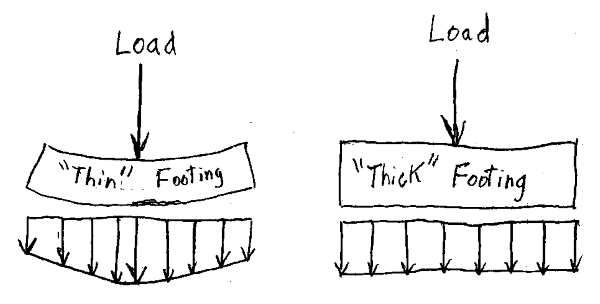JoanWill
Structural
- Oct 4, 2019
- 15
Hi guys, I have questions regarding the deflection of foundation that I hope you guys can help me.
When we design say pad footing we do load run down, load combination (DL+LL gravity in my region) and then design the footing accordingly. I don't see much consideration is given to the deflection of footing. Is it because when we design the footing we are using the allowable bearing capacity instead of ultimate one? If so, does it mean that what founding material (either clay or rock or whatever) is doesn't matter as long as the strength design works fine under allowable bearing capacity? (This doesn't sound right to me)
When it comes to pile foundation, we provide the loading (DL and LL) to the contractor. Does the contractor simply stop when these target loading is reached? If so, what consideration of deflection is given here? (The allowable and ultimate scenario does not apply here)
Thank you.
When we design say pad footing we do load run down, load combination (DL+LL gravity in my region) and then design the footing accordingly. I don't see much consideration is given to the deflection of footing. Is it because when we design the footing we are using the allowable bearing capacity instead of ultimate one? If so, does it mean that what founding material (either clay or rock or whatever) is doesn't matter as long as the strength design works fine under allowable bearing capacity? (This doesn't sound right to me)
When it comes to pile foundation, we provide the loading (DL and LL) to the contractor. Does the contractor simply stop when these target loading is reached? If so, what consideration of deflection is given here? (The allowable and ultimate scenario does not apply here)
Thank you.


![[idea] [idea] [idea]](/data/assets/smilies/idea.gif)
